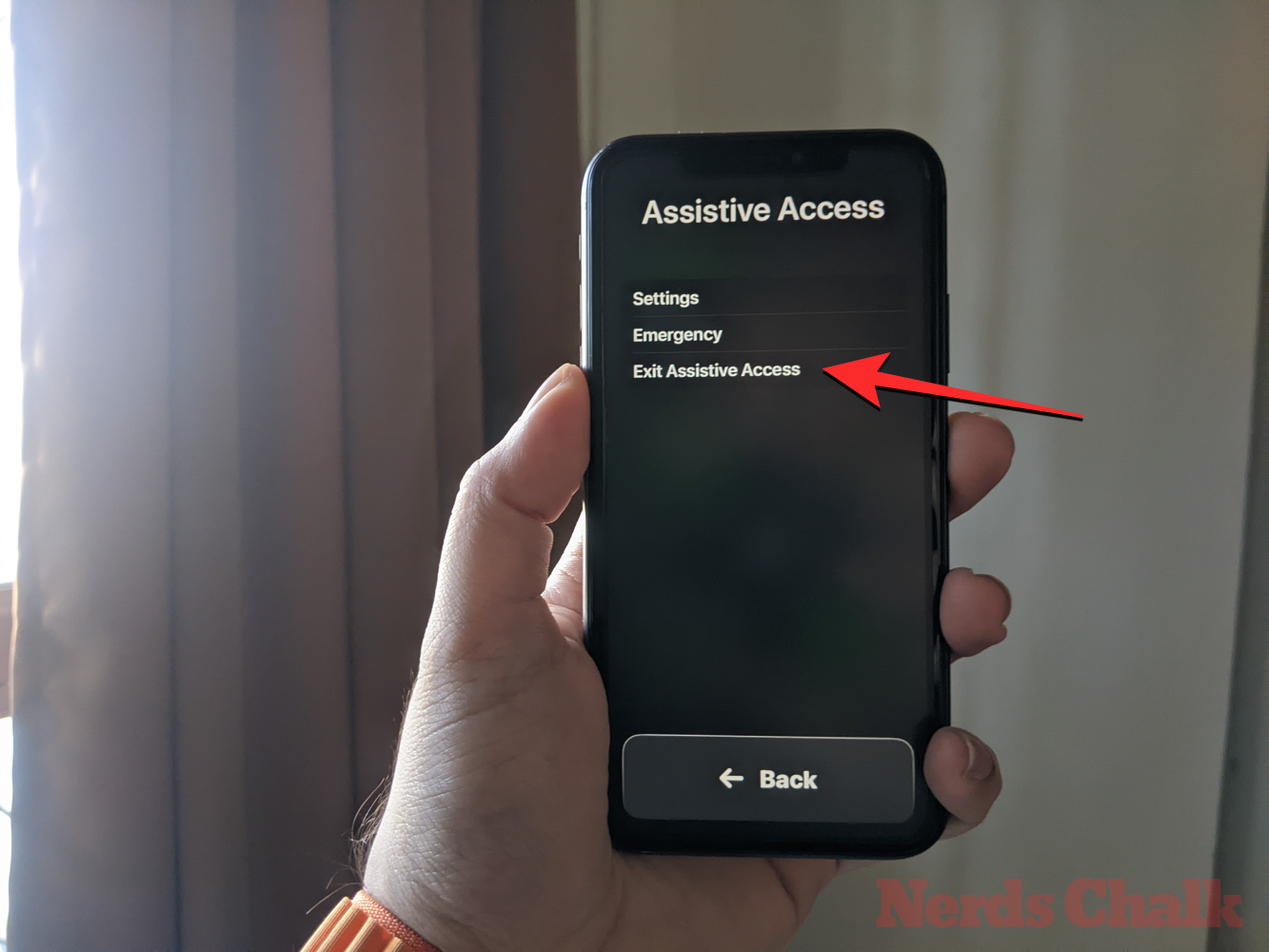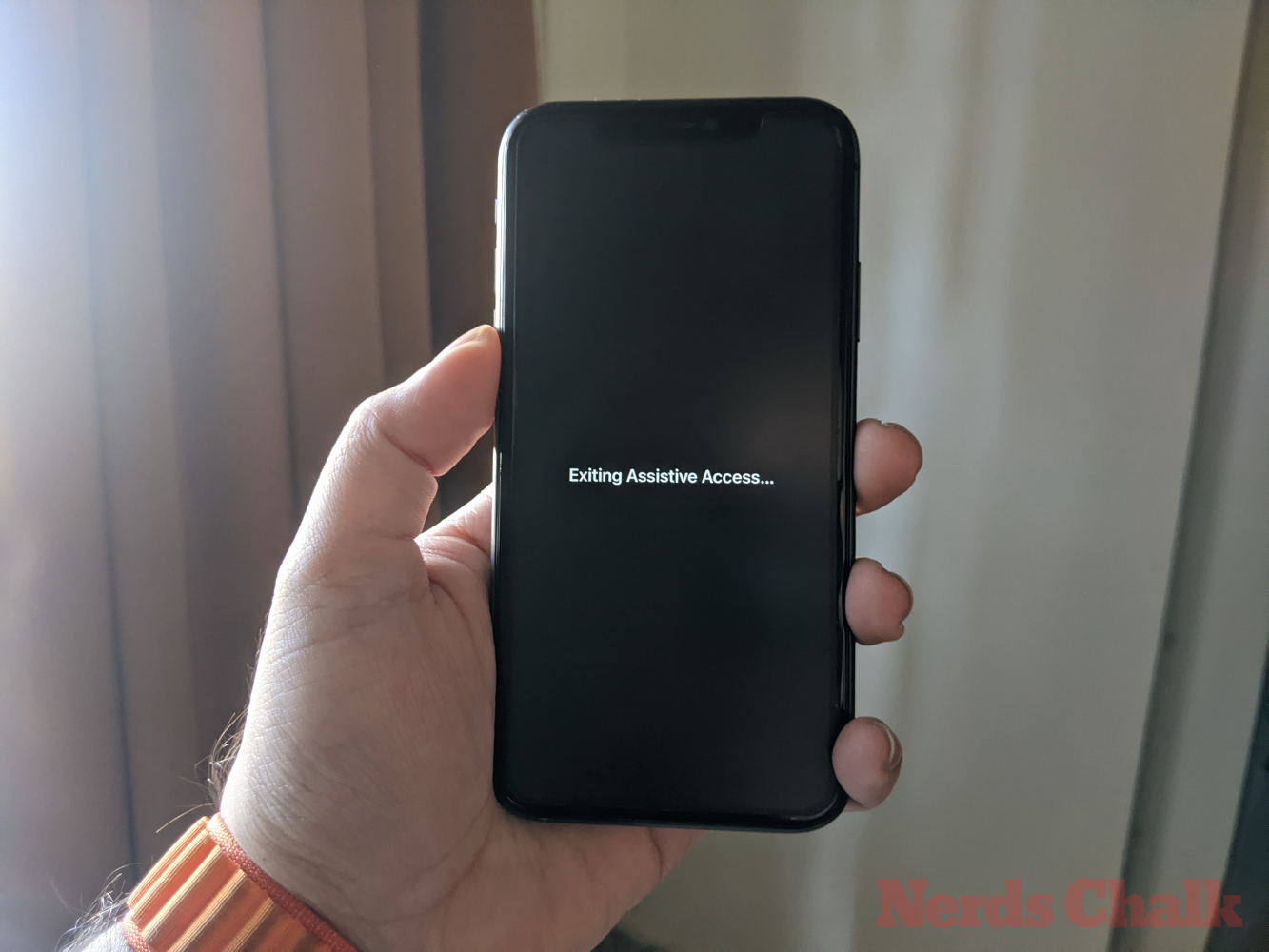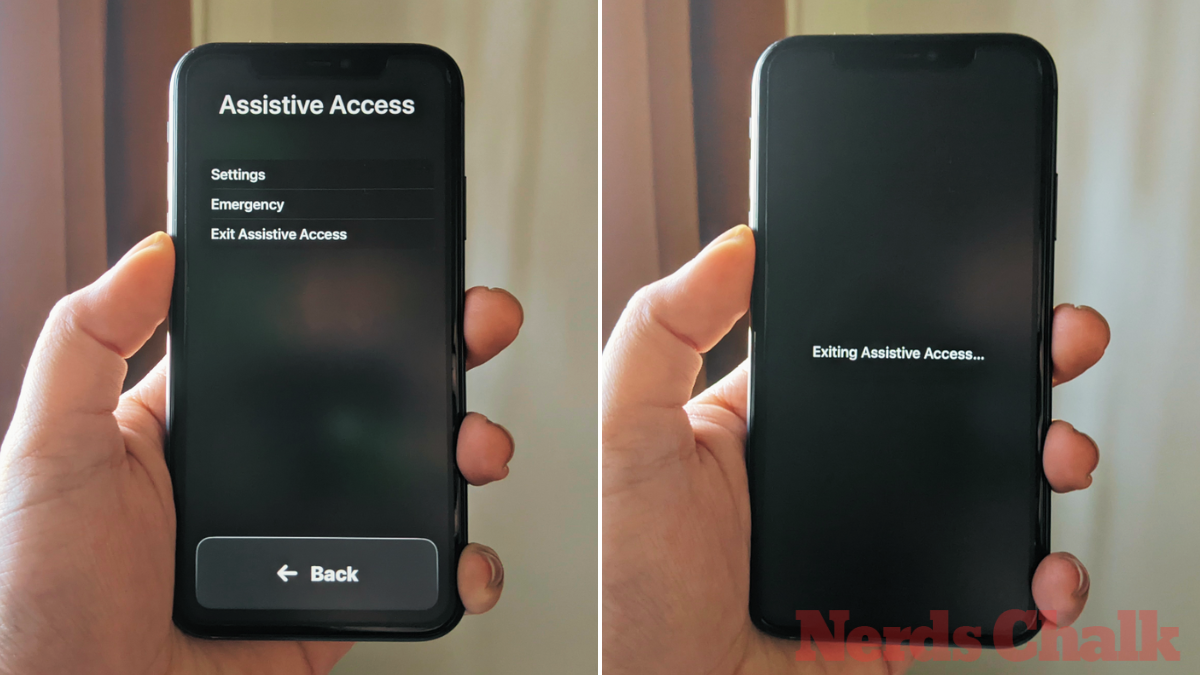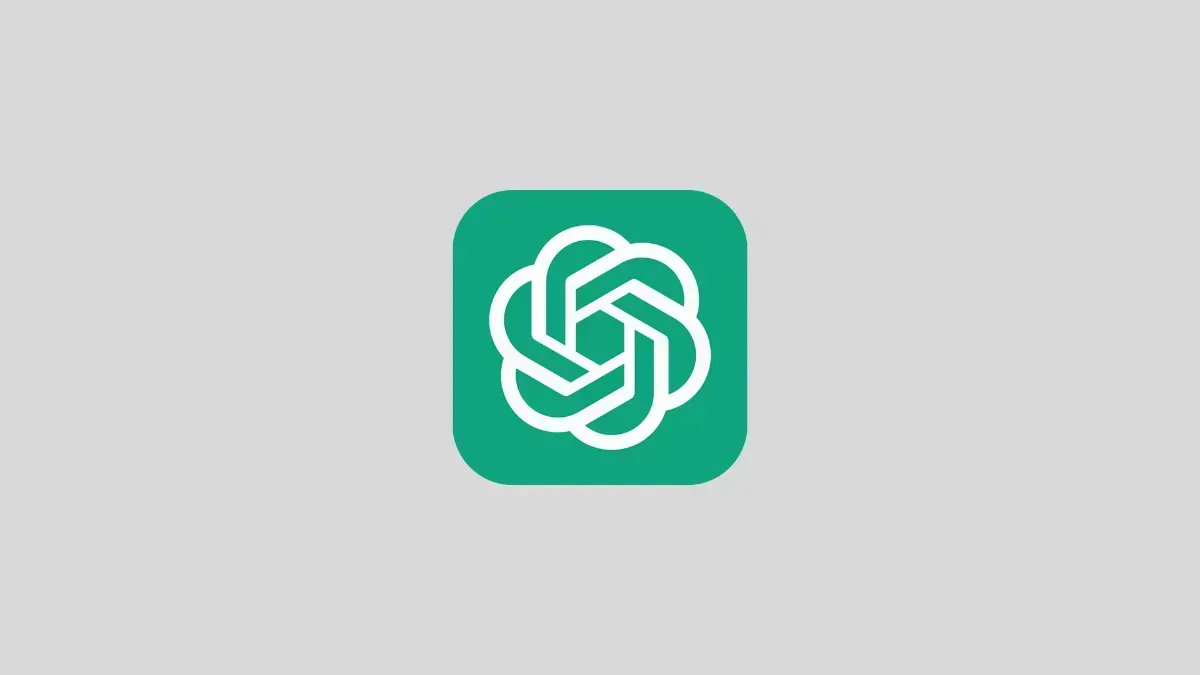What to know
- Assistive Access is an accessibility feature that’s designed for people with cognitive disabilities to use an iPhone by stripping away unnecessary features from iOS and replacing them with a more straightforward interface that’s easy to interact with.
- Available on iOS 17 or newer versions, Assistive Access can be configured with limited apps, contacts, and in-app options so that the person who’s going to use the iPhone isn’t overwhelmed with excessive options, images, or animations.
- To turn off Assistive Access and return to the regular iOS interface, triple-press the Side button on your iPhone and select Exit Assistive Access.
- FYI, here are more guides we have on Assistive Access: how to turn it on and set up, how to use it, and how to customize it.
How to turn off and exit Assistive Access mode on iPhone
When you’re done using Assistive Access on an iPhone, you can switch to the regular iOS interface easily. For that, triple-press the Side button on the iPhone. This will prompt the Assistive Access screen on the iPhone. To turn off Assistive Access, tap on Exit Assistive Access from the list of options.

Your device will now ask you to enter the Assistive Access passcode.

When you do that, the screen will go black and will read the “Exiting Assistive Access” message.

Within seconds, you’ll return to the regular iOS interface you may be familiar with.
That’s all you need to know about turning off and exiting Assistive Access on an iPhone.













Discussion